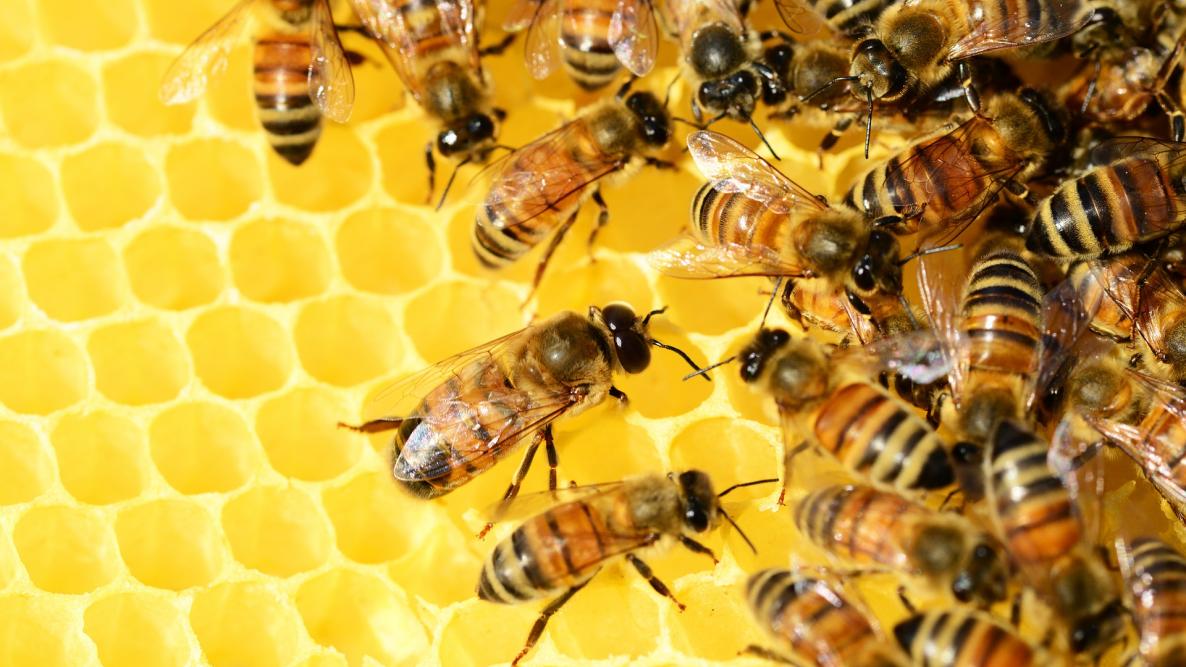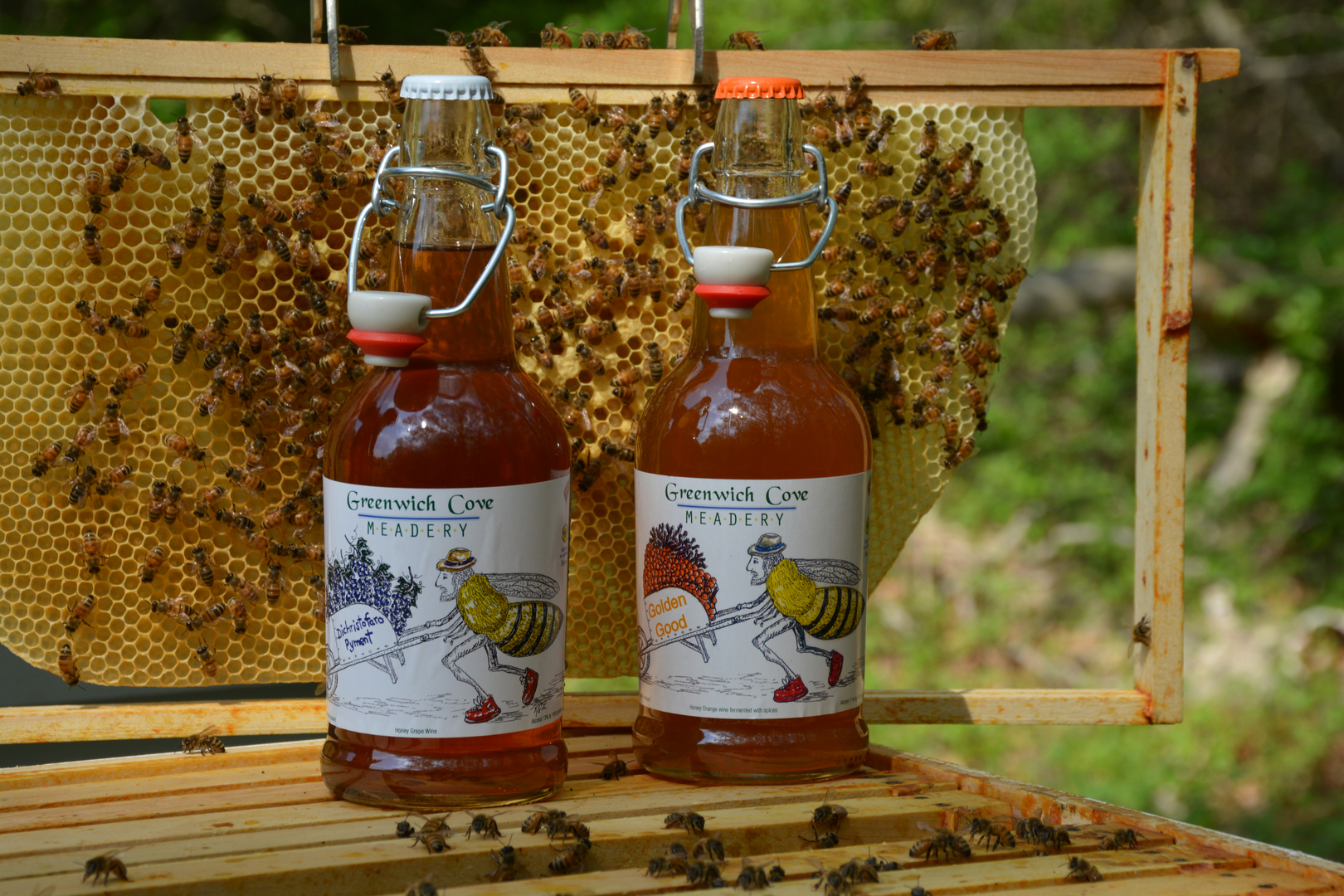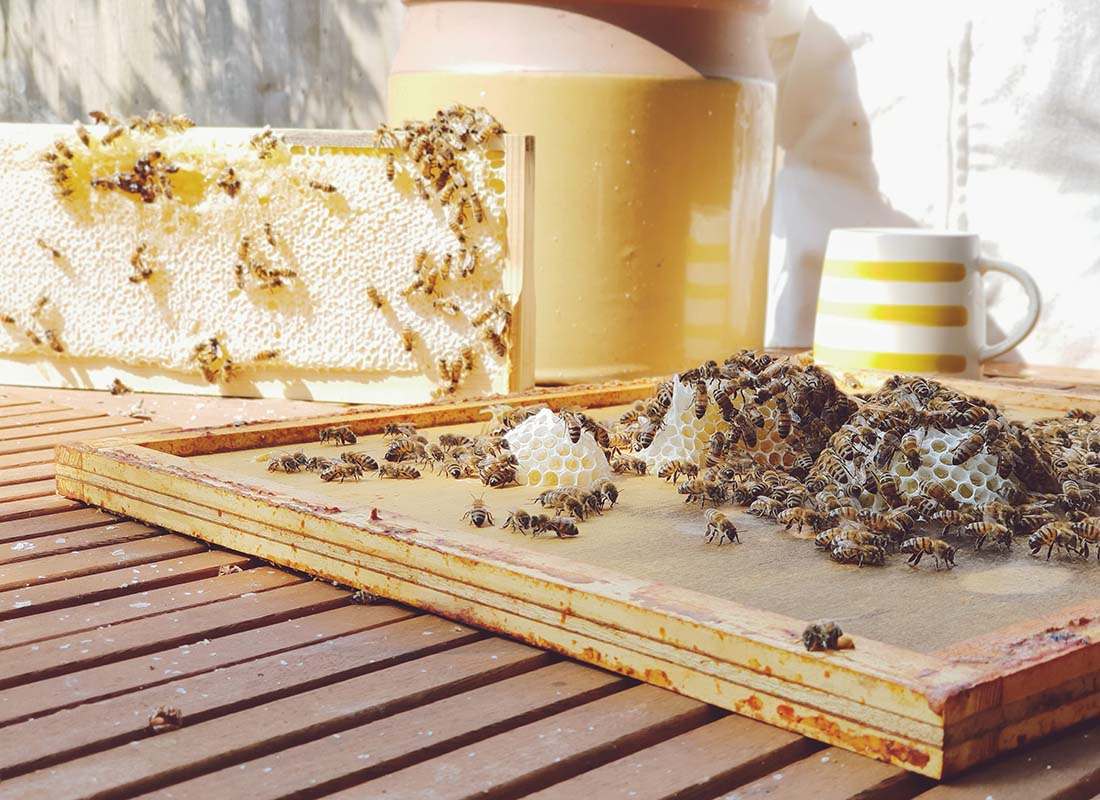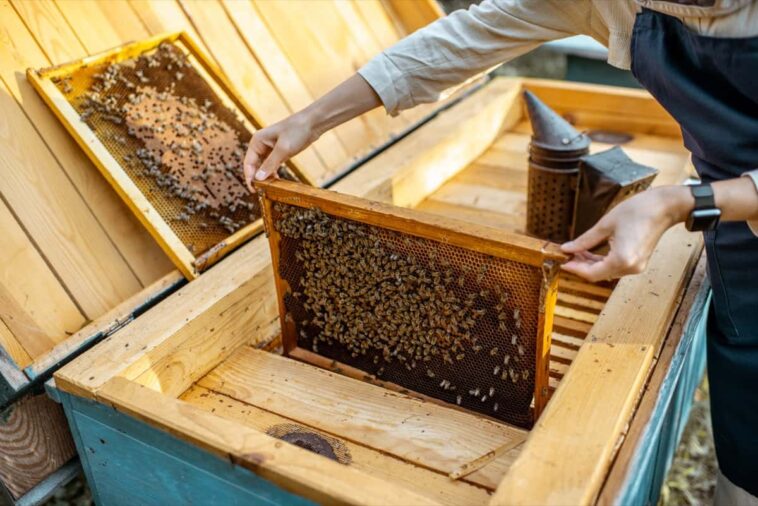While bee farming can be difficult at times, many people perceive it as a relaxing and fulfilling activity. Delivering beautiful, natural honey to thousands of families is a reward in itself, but it also helps when you realize that you’re safeguarding the natural order.
In this article, we decided to assist all bee and honey enthusiasts. We will give you a step-by-step explanation for creating a bee farm and how to turn a hobby into a lucrative profession.
1. Start with the basics
Like with any other business, the best way to start is to learn about the competition, potential profits and expenses, and other industry nuances. Start reading the top beekeeping blogs to learn more about the common challenges that people face.
2. Create a business plan
If you wish to turn a beekeeping hobby into a viable profession, you should first create a business plan. Assess your initial investment and how much time you would need to get back your money. Find a way to carve a market niche for yourself and discover the best channels and activities for promoting your product.
3. Use surveys

To give your plan a form, you’ll have to use market surveys and other research and analytical tools. That way, you can find easily exploitable gaps and learn more about the current trends.
As a small business, you should run blindly into the fray. Instead, you’ll have to differentiate yourself from the competitors and create a message that will attract potential customers to your brand. Among others, performing a market survey will tell you whether it’s even feasible to compete in the local market.
4. Find a location
Location is crucial for any beekeeping business. First and foremost, you have to determine whether the climate is suitable for bee species. You need an environment that doesn’t have long, cold winters and yet supports numerous plants, flowers, and wildlife. Basically, the closer your hives are to the flowers, the faster your bees can collect pollen.
5. Buy equipment
The required equipment for beekeeping is almost always the same, although there might be some differences based on location and types of bees. For example, collecting psychedelic honey from cliffs isn’t the same as collecting your regular field honey.
Aside from buying hives or creating your own hives, you’ll also need various other tools, including protective clothing, feeders, smokers, and hive tools. You also need a water source nearby so that bees can make honey. Otherwise, you’ll need to create an artificial one.
6. Join associations
One thing that new beekeepers are often reluctant to do is join bee associations. Local entrepreneurs can help you out immensely in your journey, providing valuable knowledge and other resources. Among others, they can also assist you when you start selling the product.
7. Create branding

Before registering the company, it’s best to create branding. Besides choosing a catchy name, you should create a logo, optimal colors, and messaging. Invest some money in your website and social media pages. This will increase your reach and set the basis for long-term market development.
8. Register your business
Once you have the basics covered, it’s time to register. Despite looking like an unregulated activity, there are variations of laws you need to abide by. Taxation and other rules will vary from state to state, so you should contact the local government to learn more about them.
During this step, you’ll also need to create an official company bank account. Besides giving your brand legitimacy and streamlining transactions, it’s a vital tool for preventing fraud.
9. Buy bees
You can only buy bees by making a transaction from your company bank account. Make sure to buy the optimal species for your environment and according to your business goals. Queen bees are crucial for any colony, but you’ll also need to find drones and workers to complete the colony.
Most breeders grow colonies as a whole, having premade packages. So, unless you know what you’re doing, we suggest you follow their recommendations.
10. Take care of bees

Whatever you do during the business’s lifespan, your bees will always be in the limelight. While some beekeepers might think that the species is completely autonomous, they might still need a push every now and then.
Specifically, you’ll have to learn about diseases and pests in your area that might potentially harm the colony. If you decide to use certain substances against these organisms, you’ll also have to learn how the products might affect the bees.
The good thing is that the bees don’t require a bit of time investment. You’d have to check on them once a week, for half an hour or so. In other words, it will take you 15 to 30 hours during a year to take care of these beautiful insects.
11. Take honey
As the spring comes along and flowers start blossoming, your colony will start producing honey. When there’s enough of it within the hives, you can collect it and sell the superfood to clients.
Keep in mind that bees also use honey to feed themselves, and completely depriving them of honey would lead to the colony’s downfall. So, make sure to leave some for them, especially prior to and during winters (they don’t collect honey during the winter and instead use surplus).
You should learn about different collection techniques and the best policies to get as much honey as possible without endangering bees.
12. Market your honey
Marketing and selling the honey is crucial for your survival. In the end, if nobody knows about your company, you won’t stay in the business for too long. If you haven’t done so by now, you should create a viable marketing strategy and choose the optimal channels for your business. You’ll also need to decide the percentage of the budget to allocate to this activity.
We also suggest that you visit the local farmer’s market and attend the bigger events in your state. Besides selling the product to clients, this will open new partnership opportunities.




